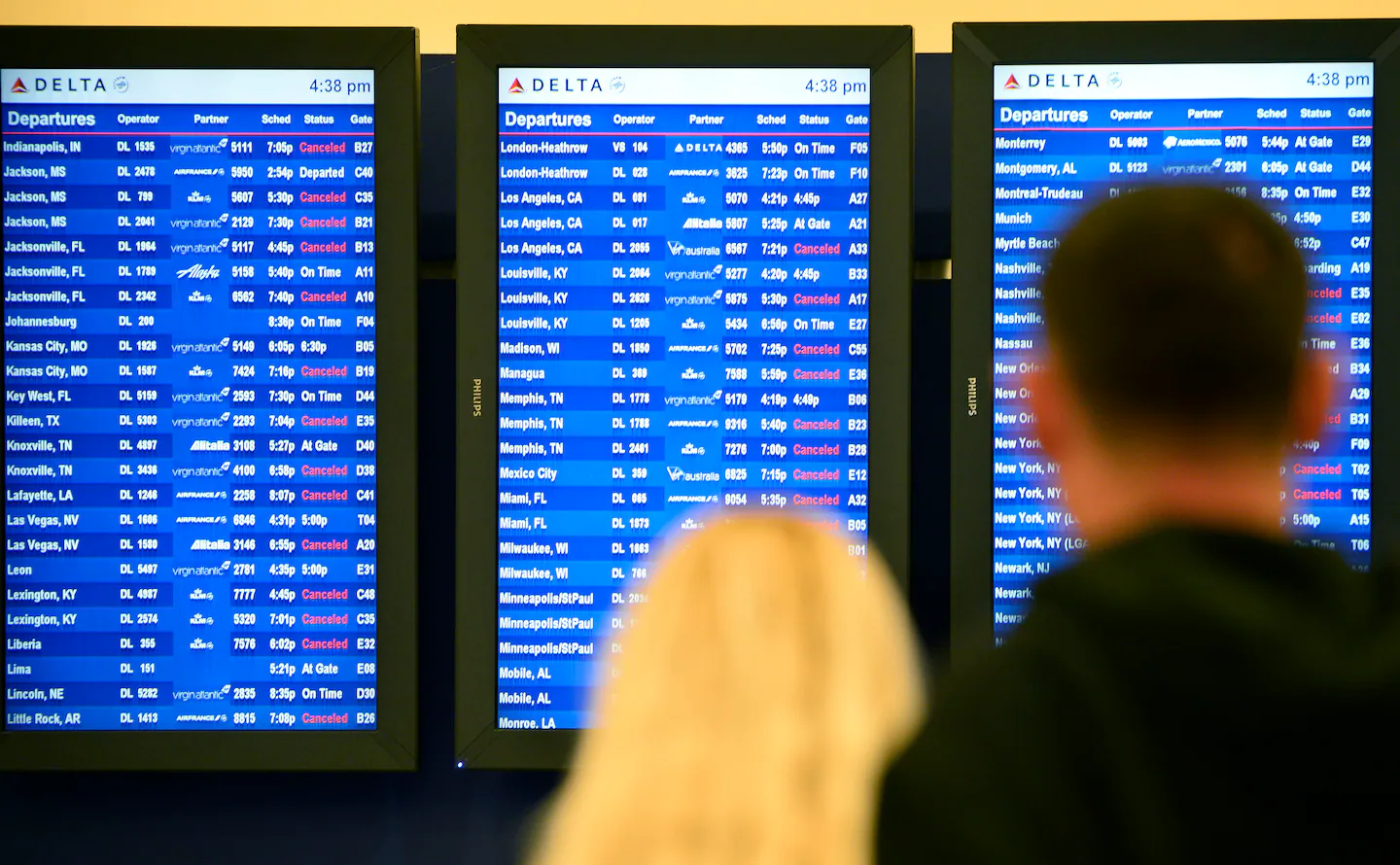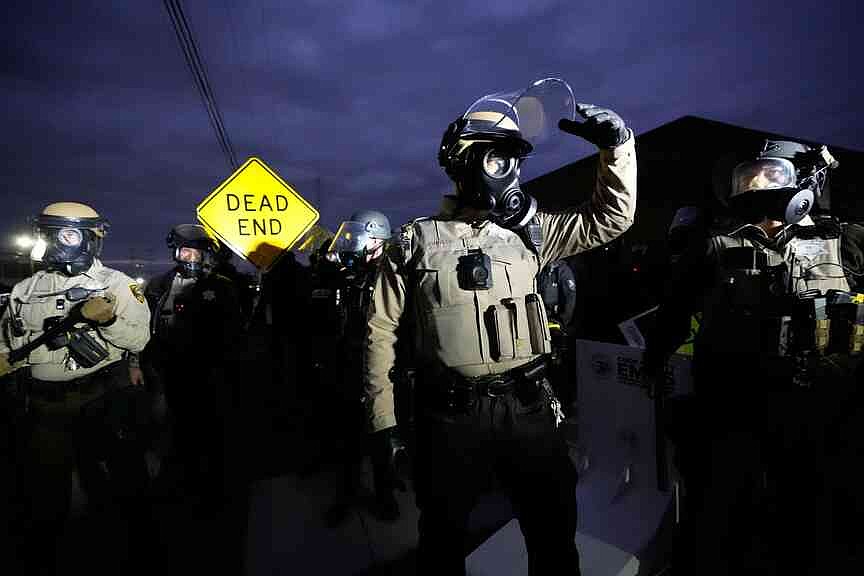Copyright The Boston Globe

That may sound straightforward, but there are caveats to automatic refunds. To receive the refund, you need to decline a rebooked flight. An airline will generally try to put you on the next available flight if it can. To receive a refund, you must not accept the rebooked flight. You also need to refuse any travel credit or voucher the airline offers, as well as any compensation in frequent flyer miles. You may prefer to take a rebooked flight or accept miles, but the airline is required to inform you that you are entitled to a refund if you don’t accept the offer, though that seldom happens. According to the FAA guidelines, the airline must issue the refund within “seven business days (for credit card purchases) or 20 business days (for cash purchases) after the airline becomes aware that you don’t accept the alternative to a refund.” At the moment, it doesn’t matter whether your flight was disrupted due to air traffic control shortages, bad weather, or an airline issue. If the flight gets canceled, you can get a refund and start over. So far, there has been no indication that the rule will change if the FAA goes through with its plan to reduce flights by 10 percent. If you purchased your tickets from a third-party vendor such as Priceline or Expedia, you are not entitled to the FAA’s automatic refund rule. Those sites have their own refund policies, which you should check before purchasing. Rules are also different if your tickets were purchased through a travel agent. You’re also entitled to a refund if the airline significantly delays or significantly changes a flight and you refuse a rebooked, alternative flight. Again, you must refuse a rebooking or pass on airline credits or vouchers. There are caveats. “Significant delays” and “significant changes” are very specific. A significant delay means a flight departed or arrived three hours late domestically, and six hours late or internationally. There are also rules for refunding baggage fees and other ancillary fees you may have paid when purchasing your ticket. Study the FAA’s website if there are any ambiguities, (www.transportation.gov/individuals/aviation-consumer-protection/refunds), and also consult your airline’s contract of carriage. Several airlines have already released statements regarding potential cancellations. United announced that if a passenger’s flight is canceled, the airline will notify them directly via the app or website and offer rebooking options. “And any customer traveling during this period is eligible for a refund if they do not wish to fly — even if their flight isn’t impacted. That includes non-refundable tickets and those customers with basic economy tickets.” Customers can request a refund on United’s website here. Meanwhile, Delta announced that it is allowing changes to all ticket types (including basic economy) for impacted flights, as well as refunds for cancellations. American Airlines said it will continue to operate as planned. It added that it expects the vast majority of flights to be unaffected by the reduction, and international travel will continue on its current schedule. “Disrupting customers’ plans is the last thing we want to do,” the statement said. “To provide additional flexibility during the impacted travel period, customers whose flights are cancelled for any reason or who choose not to travel will be able to change their flight or request a refund without any penalty.” If you’ve laid out a large sum of money for a trip, you might want to invest in travel insurance. Most travel insurance companies allow you to purchase coverage after you book a trip, up to a day before departure. It varies from company to company. According to Square Mouth Travel Insurance, policies average between 4 percent to 10 percent of your prepaid, non-refundable trip costs. Expect to spend roughly $21 per day on travel insurance, depending on the plan you choose. The most comprehensive (and expensive) travel insurance policy is the Cancel for Any Reason (CFAR) policy. Travel insurance will reimburse you for non-refundable portions of your trip. But to collect, you’ll need to cancel your trip 48 hours before your scheduled departure. That means if you wait until the day of your trip to cancel, or the airline cancels your flight, you won’t be able to collect insurance. “It’s important to know what your policy does and does not cover,” said Suzanne Morrow, CEO of InsureMyTrip. “If a traveler has CFAR, and they’re worried about their flight being canceled or delayed, which could lead to them missing a cruise departure or some other part of their trip, then they can cancel their trip, at least two days before, and receive reimbursement of 50 to 75 percent of their prepaid, non-refundable trip costs.” The FlightAware website and app provide real-time information on flight delays and cancellations. By entering your flight number, you can easily check your flight status. This is useful at the airport because FlightAware often provides information about cancellations or delays before an airline does. The site also has a “Misery Map.” The Misery Map is a live tool that tracks weather across the United States, tallies delays and cancellations at 17 hubs, and graphs popular flight destinations and the likelihood that upcoming flights will arrive on time. This may seem like an obvious move, and probably something you’ve already done, but if not, it’s time you did so. The app will send you updates on cancellations. When checking in for your flight, make sure you enter your email and phone number so the airline can contact you in the event of delays or cancellations. Air traffic controllers aren’t the only airport employees not getting paid. While there have been no plans to scale back TSA hours, lines at checkpoints have been long. Those who wait until the last minute to get to the airport may be out of luck. Plan to arrive an hour earlier than average to make sure you make your flight.



